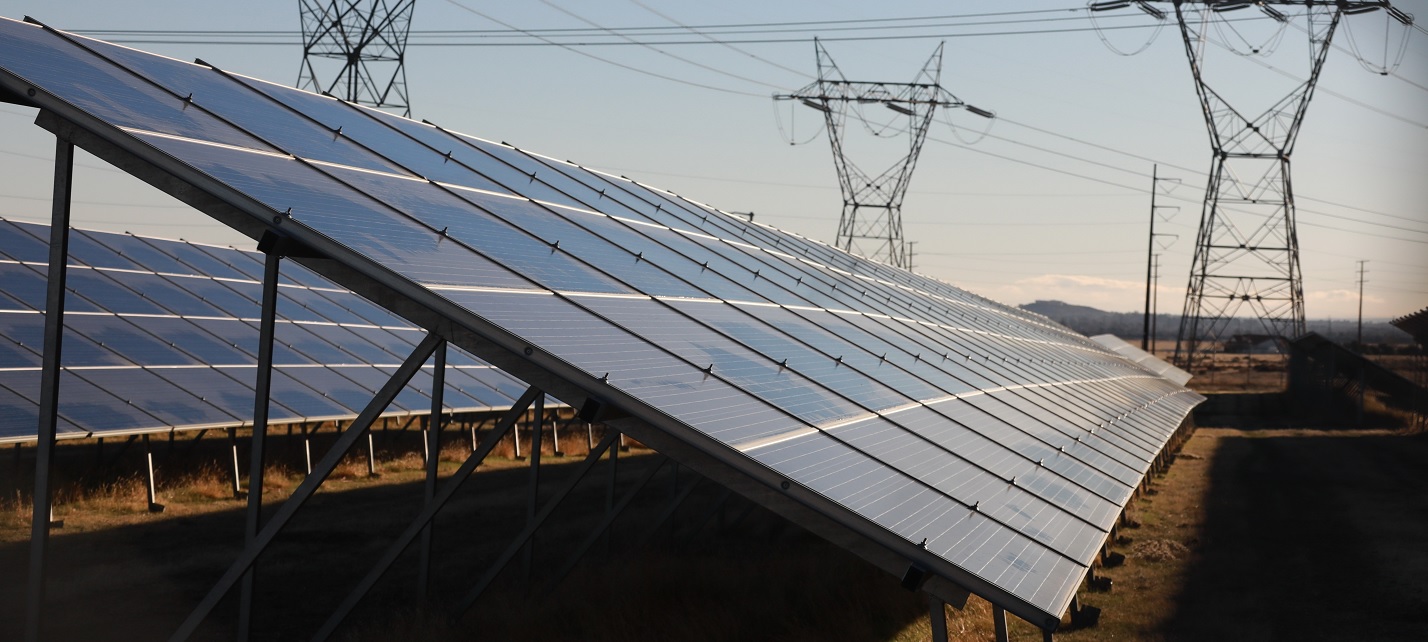Project must be located in one of the following areas:
- Tier 2 or 3 High Fire-Threat District
- Area that experienced prior PSPS outage(s)
- Elevated earthquake risk zone
Locations with lower historical reliability The local or tribal government leadership may be able to justify other forms of vulnerability.




